In Part 1 of this additive manufacturing skill gap feature, we shared insight on how manufacturers can find and develop talent to meet immediate AM labor needs. Part 2 takes a deeper look at long-term workforce development.
Long-term AM Workforce Development
There are many theories surrounding long-term work force development, but very few people who can speak to the real-world practices they’ve implemented to bridge the skill gap in their own organization.
Chris Joest, President of Imperial Machine & Tool Co., is one such individual who can.
Developing long-term talent is an evolving art, but at its core it relies on bringing the next generation into the manufacturing world; engaging students and providing them opportunities to get involved.
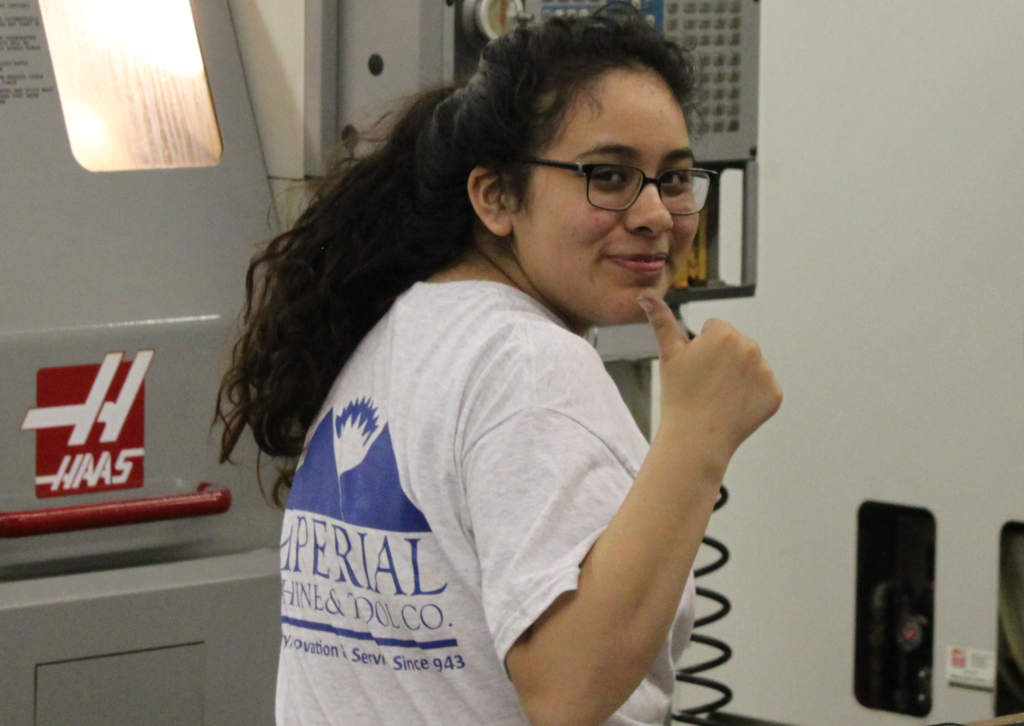
As the 3rd generation leader of a 73 year-old advanced manufacturing company – with two SLM metal additive manufacturing systems and 40+ multi-axis CNC machining centers – Joest knows the importance of long-term workforce development.
We’ve been around over seven decades and it’s my sincere hope to be around for at least seven more. Workforce development is central to realizing that vision.
Nurturing Curiosity
The manufacturing industry has seen a decline in the number of students pursuing “traditional” manufacturing careers, but Joest says metal AM is helping to change that; he’s seen first-hand what happens when students are introduced to the technology for the first time.
The next generation is fascinated by 3D printing technology. We often have local schools reach out and ask if their students can tour our facility and see our metal additive systems; I’m not exaggerating when I say the kids are captivated. They crowd around the small glass window in awe of the laser sintering process, which is quite elegant to watch.
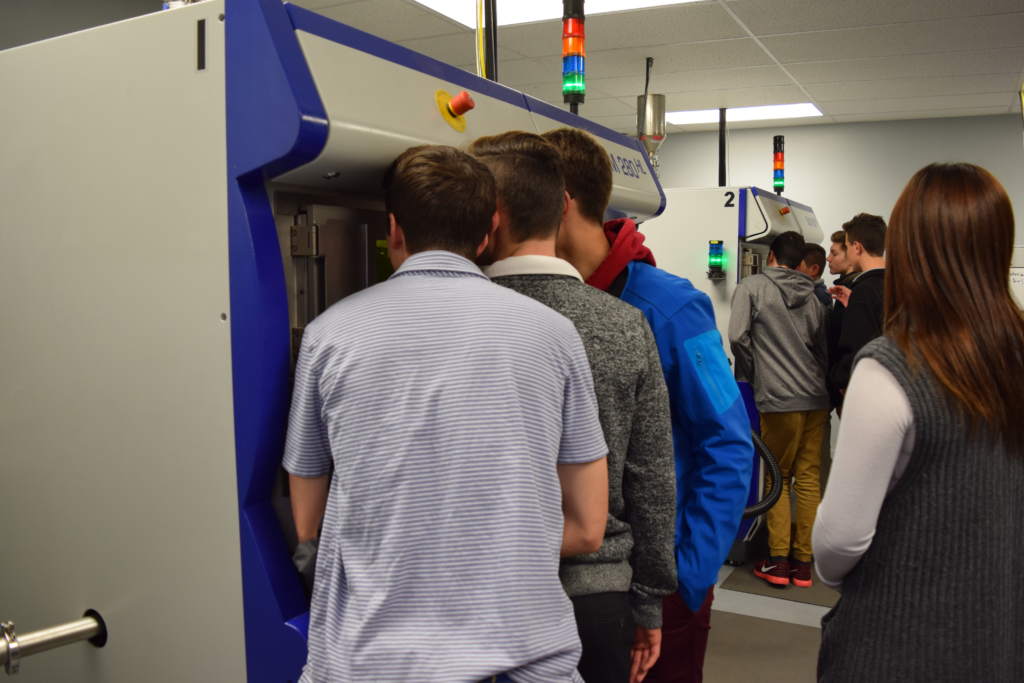
Joest expanded on another recent experience.
We had a group of students visit our facility for a video project they were working on; it was for the ‘What’s So Cool about Manufacturing?’ competition. They thought the shop floor was mildly interesting, but when they reached the metal AM department everything changed.
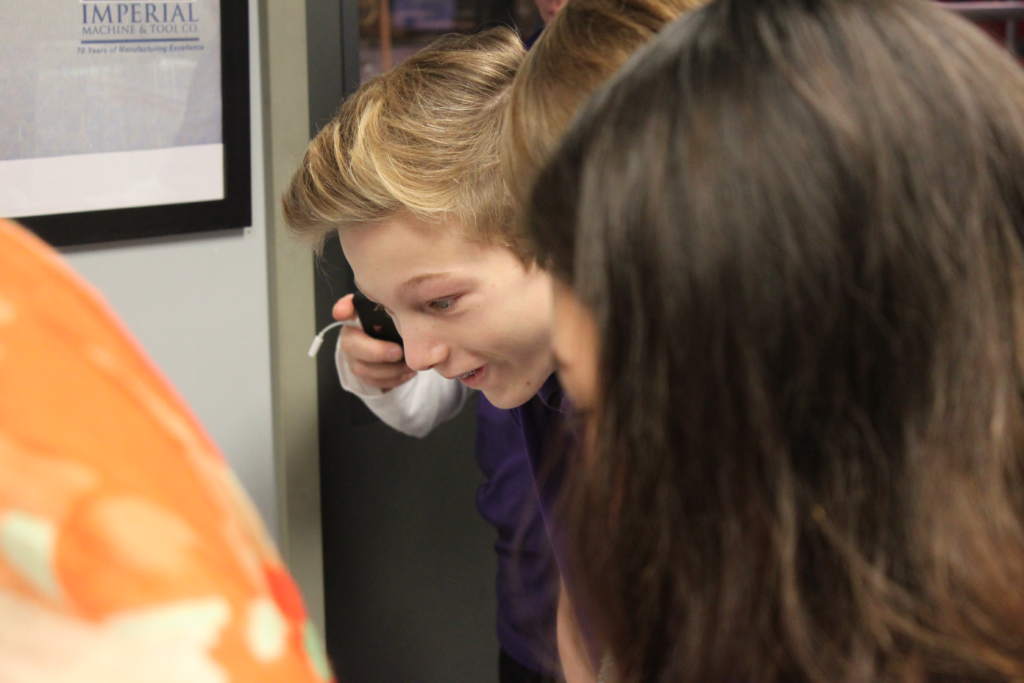
Their eyes lit up as we showed them objects created through the selective laser melting process.
We like to give the kids little parts to keep; for this visit it was a stainless steel planetary gearset. You’d think we handed them a magic wand. They stood there watching this solid metal bearing spin freely, grappling with how this little bearing was printed in one piece with no assembly.
They aren’t on their cell phones, they don’t think it’s nerdy, or dirty… they find it fascinating. It gives me immense hope for the future of American manufacturing.
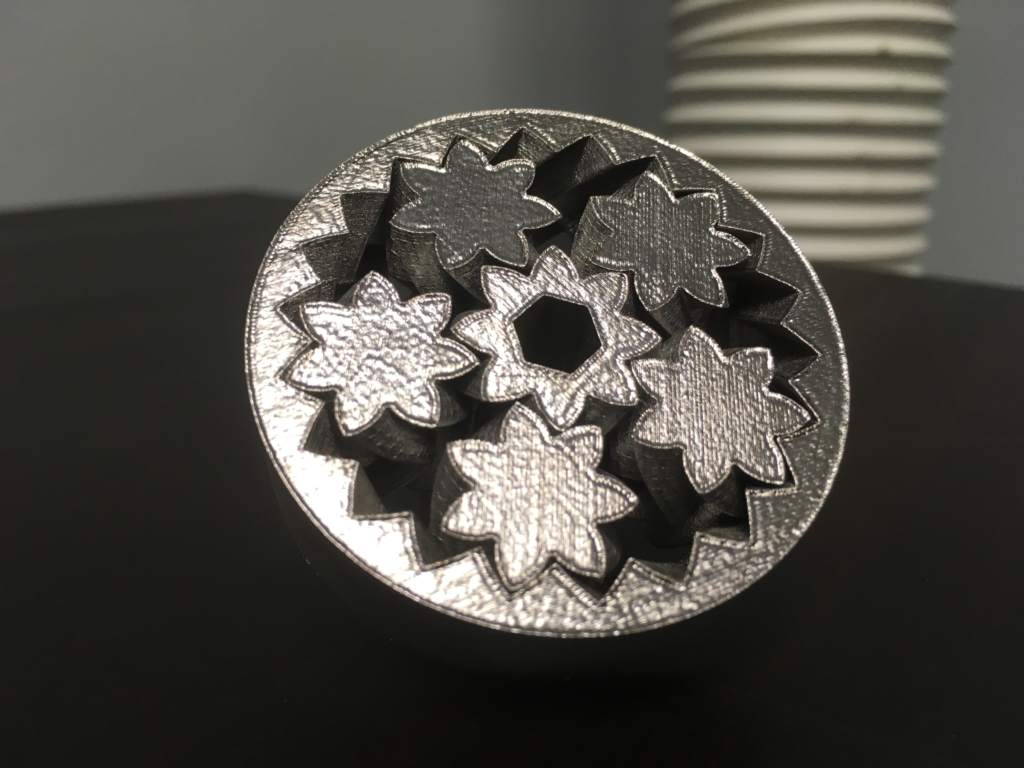
American Manufacturing Renaissance
Joest drew attention to an important point about long-term workforce development in general: the strategies to overcome the “AM skill gap” are the same strategies required to solve problems facing traditional manufacturing in America.
I’ll admit, American manufacturing has taken a hit over the years. We’ve seen a lot of jobs move overseas and fewer young people entering the industry. But that’s not the end of the story.
I’m confident American manufacturing will make a comeback but not by lamenting jobs that are already gone. The resurgence will come from embracing innovation and exploring new opportunities… as individuals, and as a country. I believe additive manufacturing is the opportunity many folks have been waiting for and will play a primary role in the next chapter of American manufacturing.
The Power of Bright Young Minds
We still produce some of the brightest minds in the world and opportunities abound for those willing to seize them. It’s important that students understand the titanic shift in manufacturing that’s occurring, and what metal AM represents. Students have a chance to get in on the ground floor of an industry poised to see explosive growth. We really are in the right place at the right time in history to make an impact.
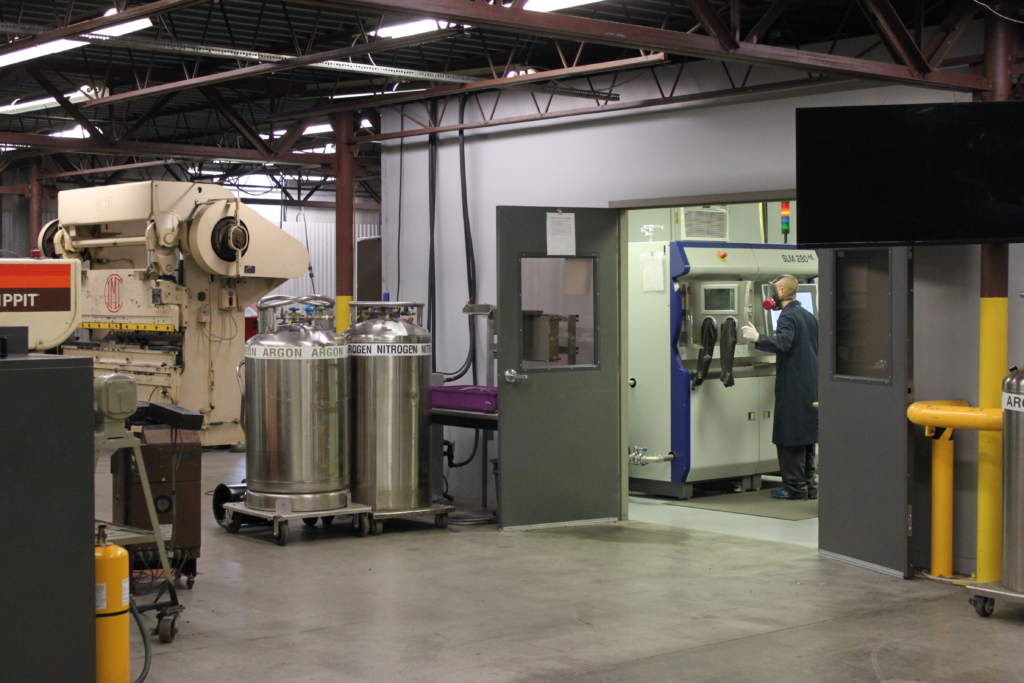
A look toward the future
When asked what advice he’d share with young entrepreneurs, Joest offered this.
Success in manufacturing is more than just buying machines, it takes a commitment to learn. To analyze and change the way things are done. Not everyone is comfortable with that, but for those with an entrepreneurial spirit, it’s an exciting challenge.
Joest smiled, and added a final thought.
Growing up my grandfather would tell me stories about the early days of Imperial. In the 1950s and 60s we were involved in precision jig boring. It was work very few shops were capable of.
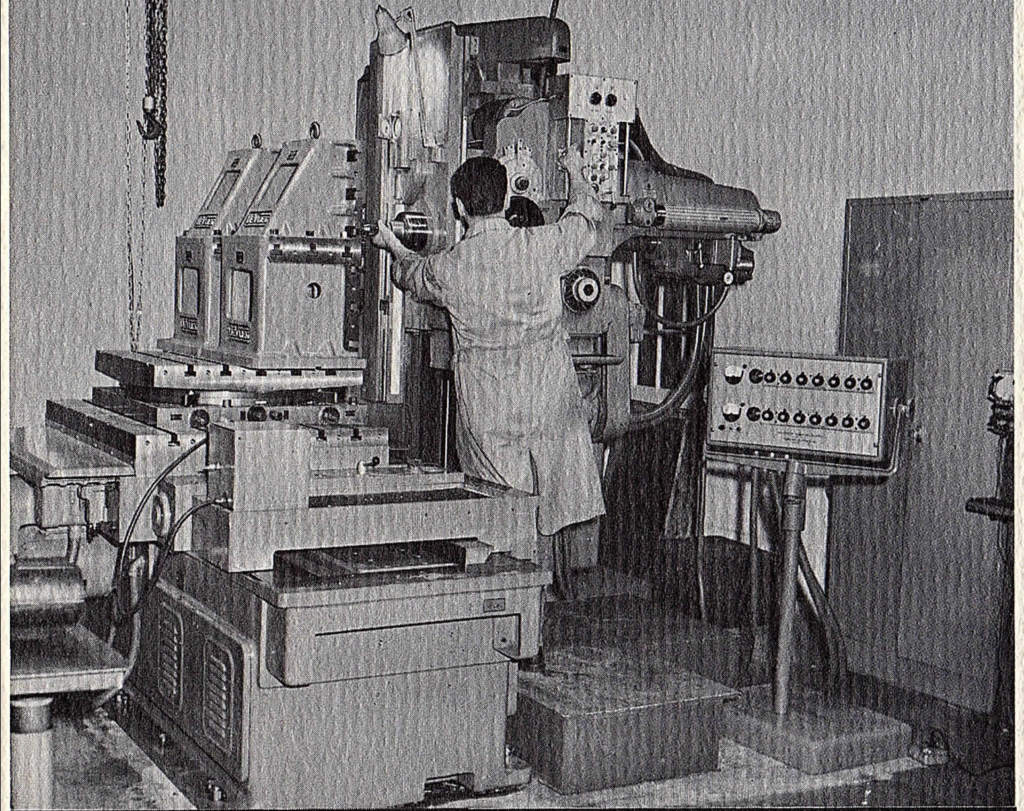
It required specialized equipment, but my grandfather was always careful to remind me ‘It’s not the machines, it’s the people.
I think the same sentiment applies to metal AM. As an industry, I hope we never lose sight of that.
Part 1 of this feature on the additive manufacturing skills gap can be read here. If you’d like to share insights into the additive manufacturing industry, then get in contact.
For all the latest news about the 3D printing industry subscribe to our free newsletter and follow our active social media accounts. If you’re looking to recruit those skilled in any aspect of 3D printing, or if you’re seeking a job in the additive manufacturing industry – get in contact with us here.
Featured image shows A metal AM technician removing powder with a non-reactive vacuum and getting ready for RAPID 2017. Photo via Imperial Machine and Tool Co.


